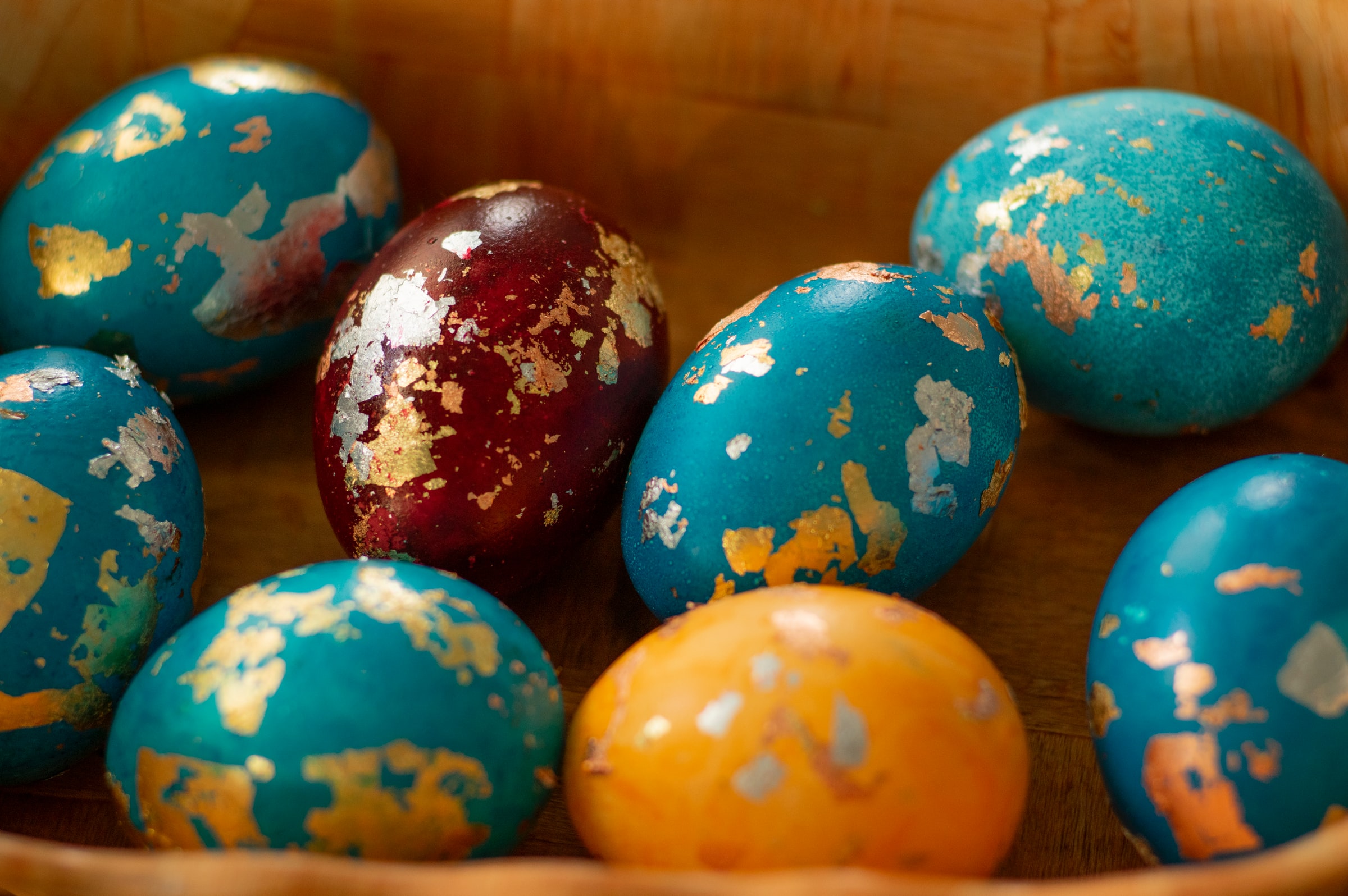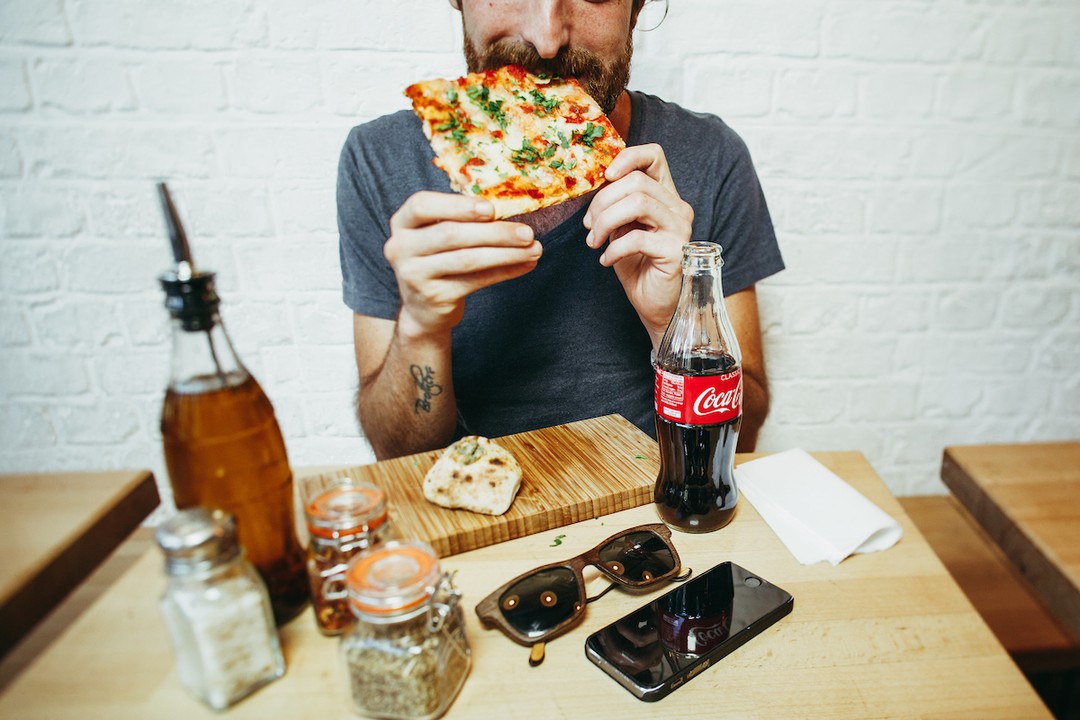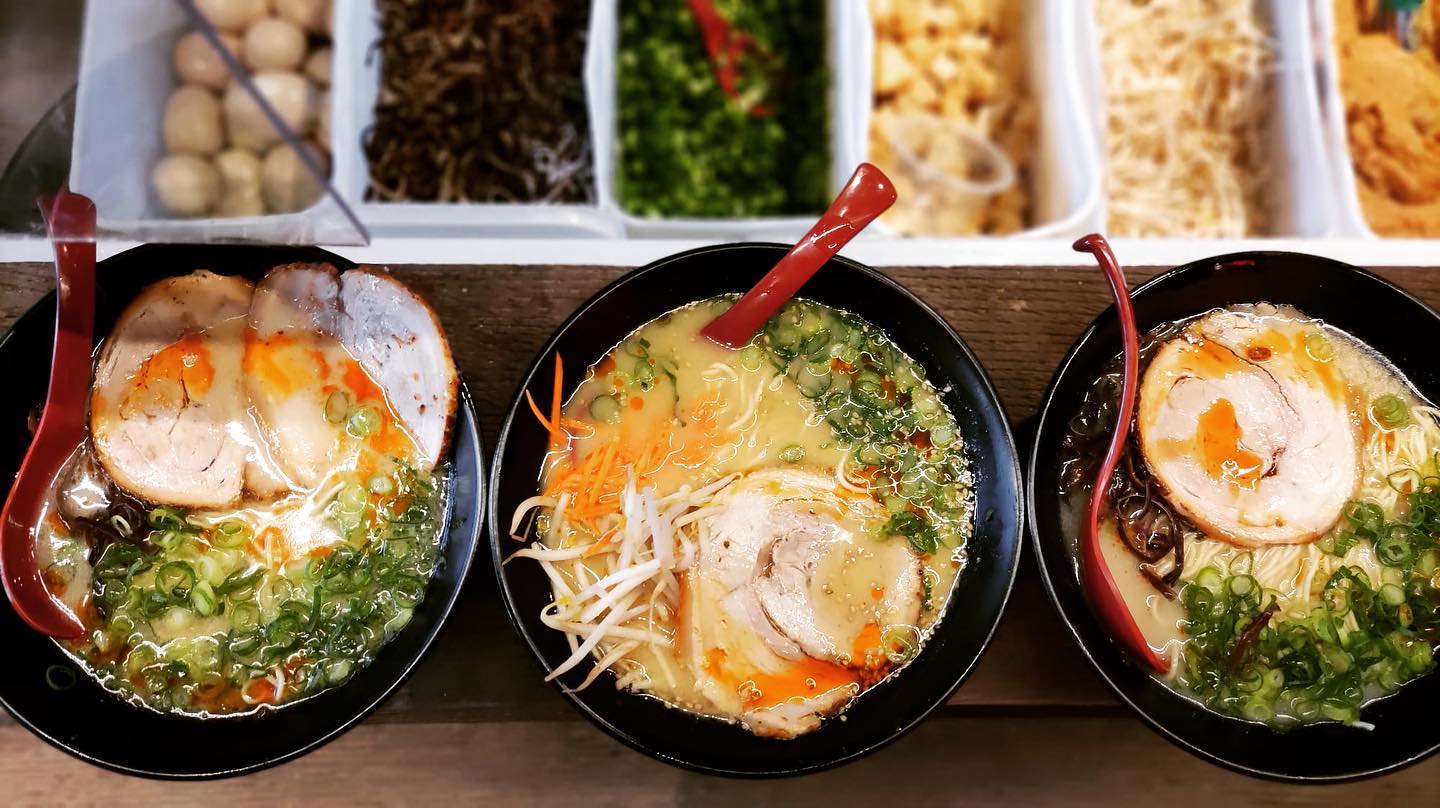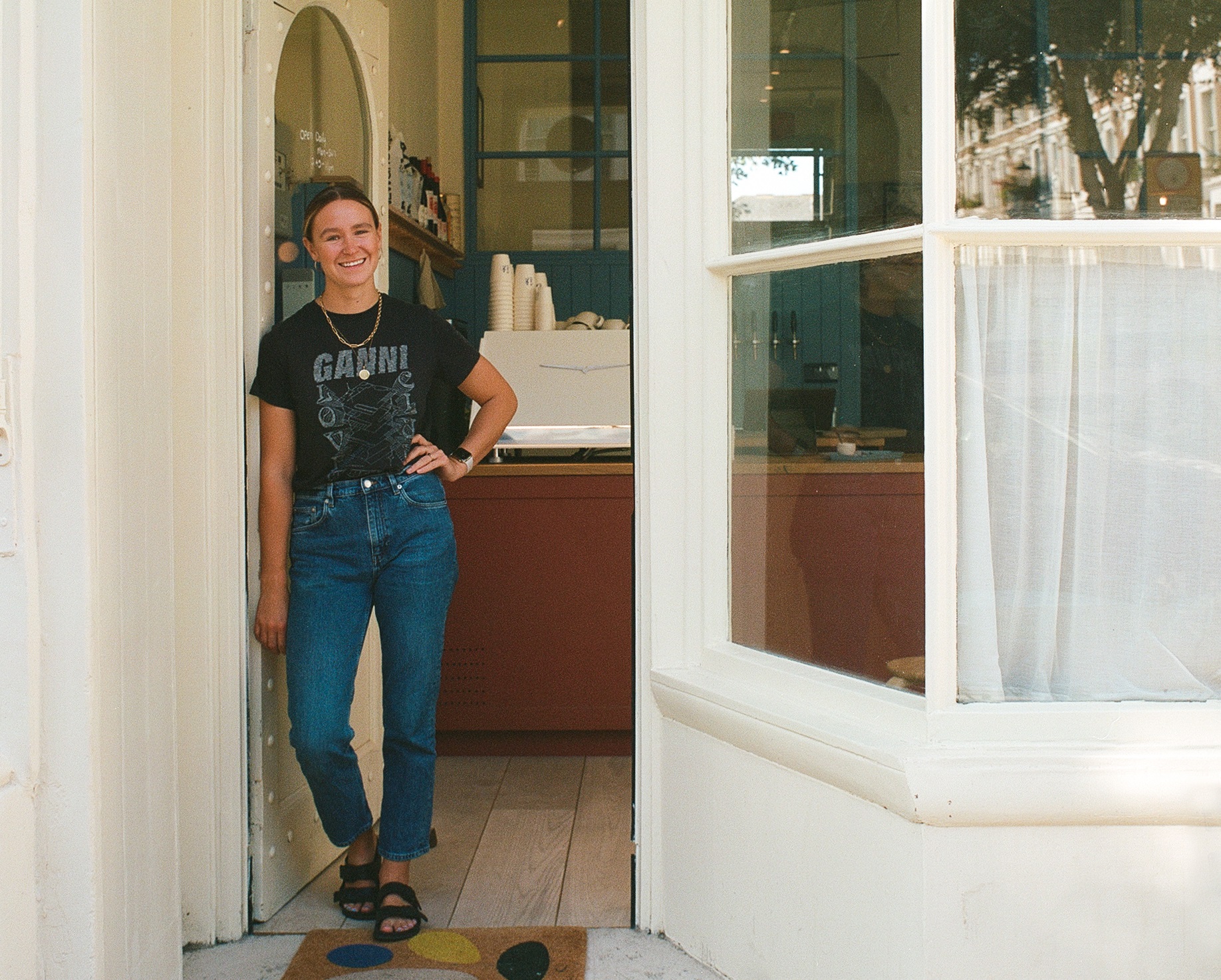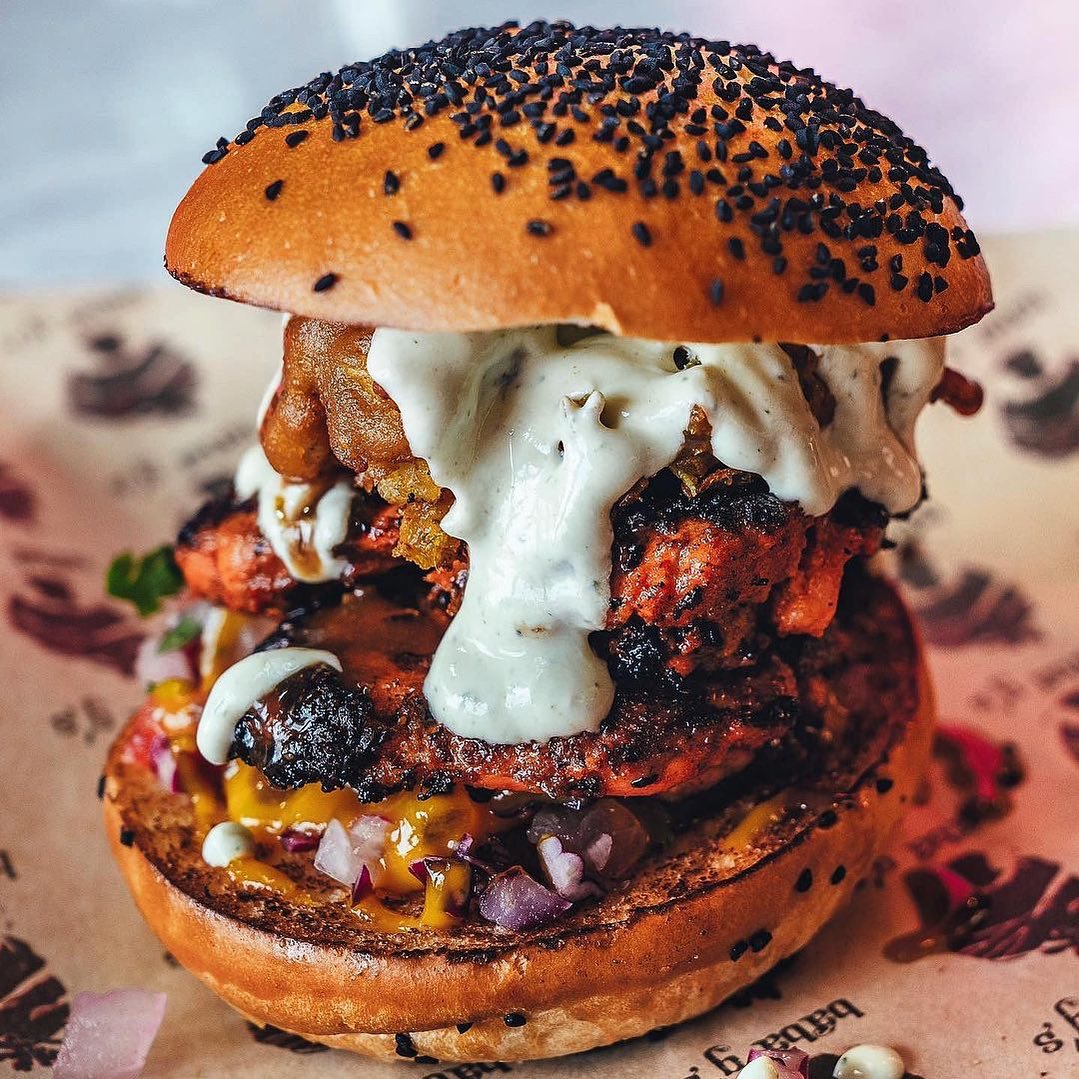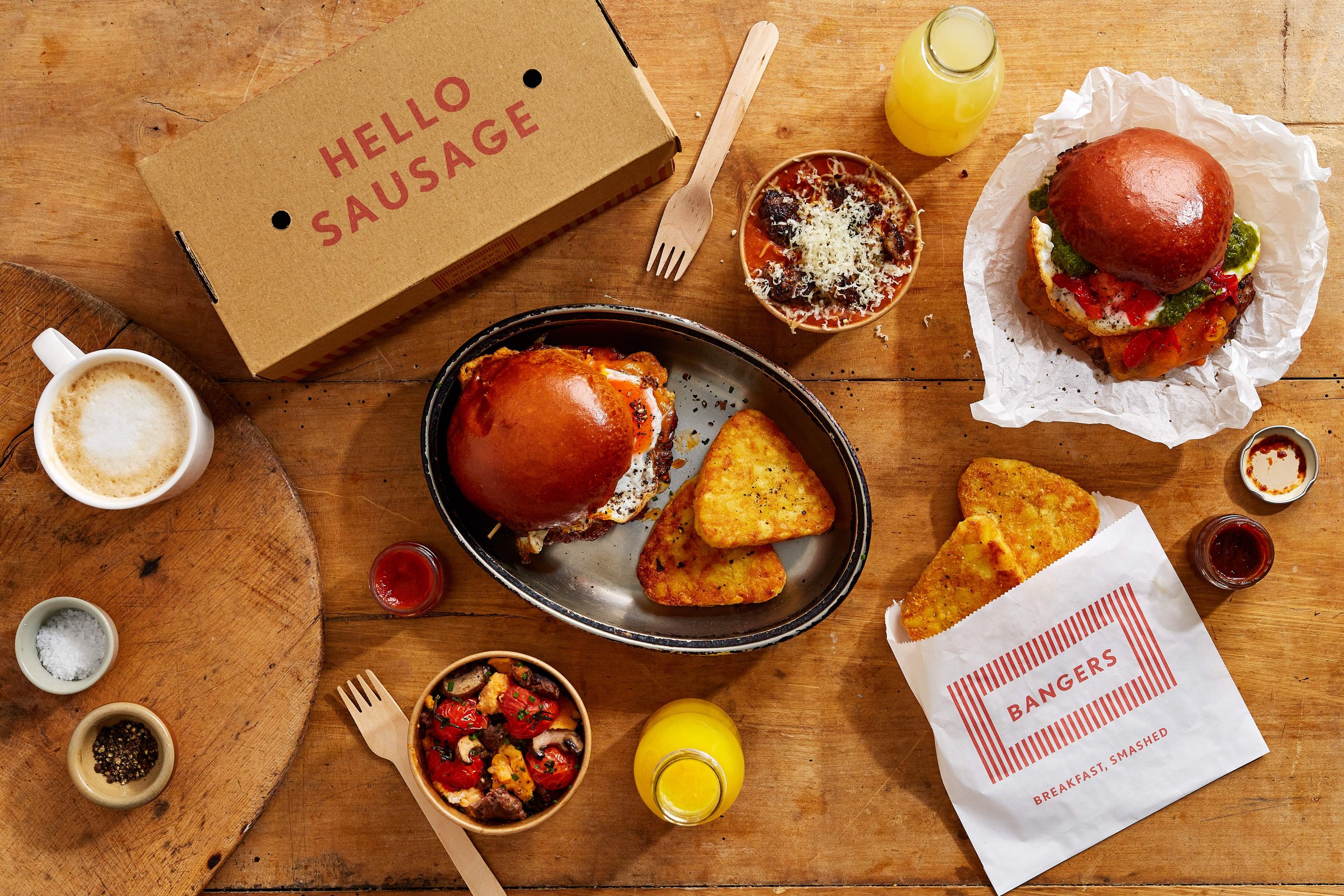What better known (or better loved) secular symbol is there of Easter than the humble and delicious Easter egg? You eat them every year, see them in shops for weeks on end, and have probably hunted for them around your house or garden; but have you ever stopped to ask yourself, just how did we go from marking the anniversary of a Holy resurrection to devouring chocolate eggs of all shapes and sizes? It turns out it’s a fun, tasty, and somewhat debated story.
Though the exact date changes every year, Easter usually occurs around the start of spring, a time when trees are regaining their foliage, the days are getting longer, and animals are giving birth to their young. It’s therefore no great leap to see the connection between this time of seasonal rebirth – and resurrection – and eggs, symbols of new life and fertility. As always however, there’s more to it than that.
As is common for other Christian holidays, research suggests that eggs were linked to pagan customs long before they were associated with Christian tradition. As mentioned, the egg has long been a symbol of new life and was thus a mainstay of pagan spring festivals.
Many historians believe that Easter has roots in a pagan Anglo-Saxon festival honouring the goddess Ēostre and celebrating the passage into spring. Christians are thought to have co-opted the festival’s established symbols, like the egg, into their own celebration of Jesus’ death and resurrection as a way to encourage religious conversion.
As an aside, pagans are also to thank for the Easter bunny. Not only was Ēostre associated with the hare, but stories of an egg-delivering rabbit were reportedly introduced to America in the 1700s by German immigrants. They brought with them Germanic folklore of Osterhase, a hare who delivered colourful eggs to well-behaved children.
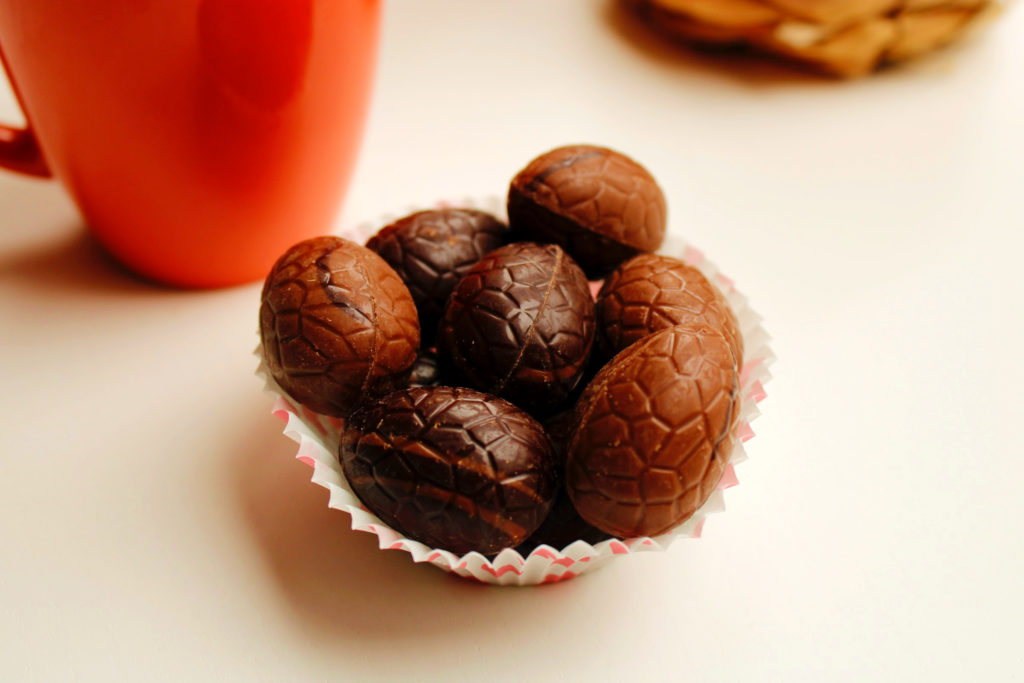
Besides the egg’s pagan associations, an alternate school of thought suggests eggs became part of the Easter celebrations for far more practical reasons. The rules of Lent, a period of fasting which precedes Easter, used to instruct that Christians do not consume any animal product, which of course included eggs. So as to avoid waste, people would boil their eggs and store them until the fasting season was over. These eggs would then be distributed to the poor as part of the Easter holiday.
Over time, decorating these eggs became part of the celebration. Believed to date back to the 13th century, there are even records dated from 1307 of Edward I requesting 450 eggs to be hard-boiled and dyed or covered with gold leaf, and distributed to the royal household. The particulars of decoration evolved over time, until painted or dyed eggs made way for chocolate eggs wrapped in bright foil and ribbons. The first chocolate Easter eggs are thought to have originated in Western Europe in the early 19th Century, solid at first and later, as moulds and chocolate pouring techniques improved, hollow.
Today, Brits spend a reported £220 million each year on chocolate Easter eggs. Not bad business for one, very old rabbit.
Does this story have you craving chocolate? Head over to Hawkker to find the best sweet treats near you, from independent and local vendors.
